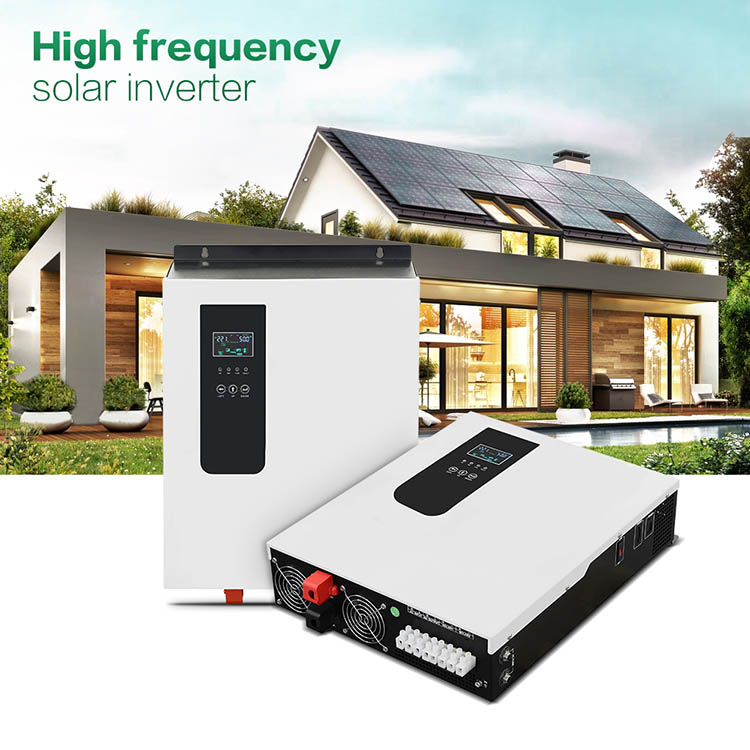How can the reliability of the solar inverter be improved?
 Jun 16,2022
Jun 16,2022

 Rekesun
Rekesun
To evaluate the quality of the solar inverter, first pay attention to the function of the solar inverter.
The basic function of an solar inverter is to convert DC into AC. The photovoltaic grid-connected solar inverter also has some important functions, such as solar tracking function, line insulation, leakage current detection, grid voltage, phase detection and other functions, external communication and safety protection functions.
The solar inverter can only be used if all these functions are fulfilled. The second is the performance of the solar inverter. This function is a minimum requirement for the solar inverter. solar inverters can meet all requirements, but the performance varies. The first is the efficiency of the solar inverter, which determines the power output of the solar inverter. solar inverters have three efficiencies. The first is maximum efficiency, which refers to the best performance of the solar inverter at the rated input and output voltage at room temperature. The configuration of the components should be as close as possible to the rated input voltage of the solar inverter, followed by the combined weighted efficiency, which reflects the efficiency of the solar inverter under various lighting conditions.

The third is MPPT tracking efficiency, mainly accuracy and speed. Some other properties of the solar inverter are also very important. For example, the operating noise of the solar inverter should be small. The smaller the volume and weight, the lighter the better.
solar inverter reliability. In the photovoltaic grid-connected power generation system, the solar inverter is the key and weak link of the reliability of the entire system. solar inverter failure can cause the entire system to collapse, wasting the energy generated by the PV array during equipment maintenance. In addition, the reliability of the solar inverter also affects the efficiency of the photovoltaic grid-connected power generation system. The mean time to first failure (MTBF) of grid-tied solar inverters is typically 5 years and the mean time to failure (MTBF) is about 10 years. The service life of photovoltaic cells is more than 20 years, so the service life design index of the solar inverter must be equal to the service life design index of photovoltaic cells to reflect the advantages of this solution.
Once the solar inverter fails, the energy generated by the PV panels during maintenance will be wasted, reducing system efficiency. There are many factors that affect the reliability of the solar inverter, such as the design and processing of the solar inverter, the reliability of the solar inverter components, and the working environment of the solar inverter.
In the statistics of solar inverter failure causes, design problems account for about 60%, component quality accounts for about 25%, and solar inverter manufacturing and installation errors account for about 15%. Therefore, the reliability of the solar inverter can be improved by design. The reliability design of the solar inverter includes the following aspects: selection of circuit topology, selection and use of components, derating design, electromagnetic compatibility design, thermal design, software reliability design, redundancy design, "three-proof design". ”, drift design, potential circuit analysis, maintainability design, fault-tolerant design and fault weakening design, the reliability of the solar inverter is mainly reflected in two aspects. One is the environment. The solar inverter has withstood the test of various environments, such as high temperature, low temperature, high humidity, wind, sand, salt spray and other conditions, as well as the influence of various grid and power consumption designs. Second, time. The service life of PV modules is 25 years. Although the service life of the solar inverter is not long, it should be maintained as long as possible.



 Home
Home The latest research on the solar inverter industry - four dimensions
The latest research on the solar inverter industry - four dimensions 







 syplighting.en.alibaba.com
syplighting.en.alibaba.com



